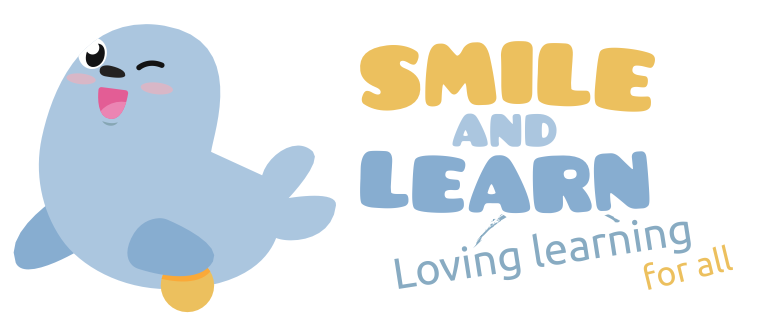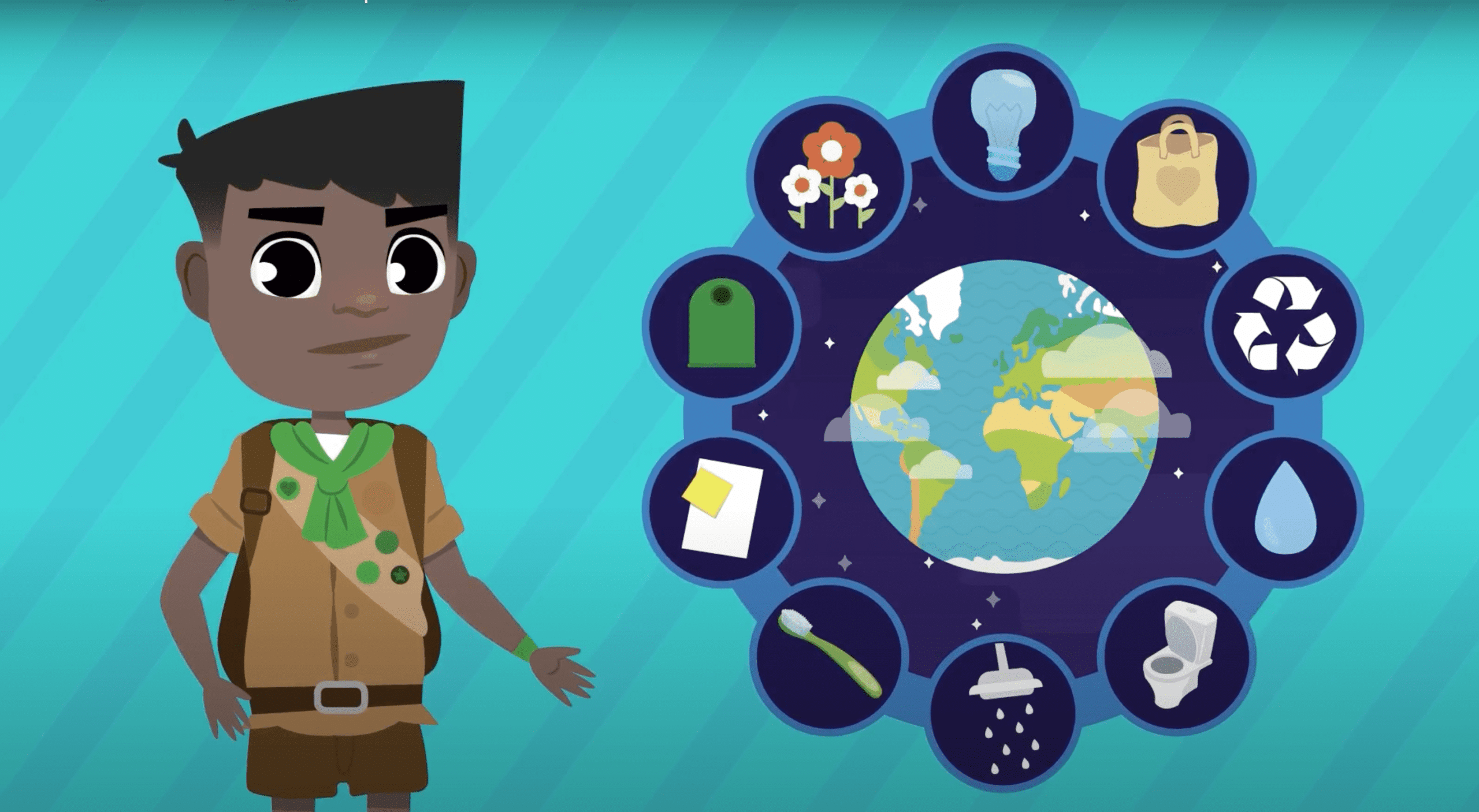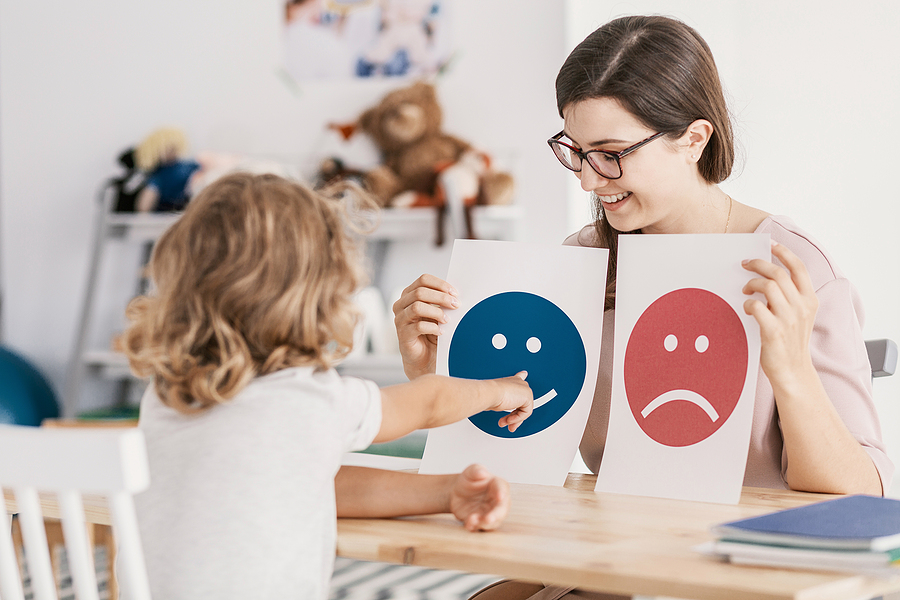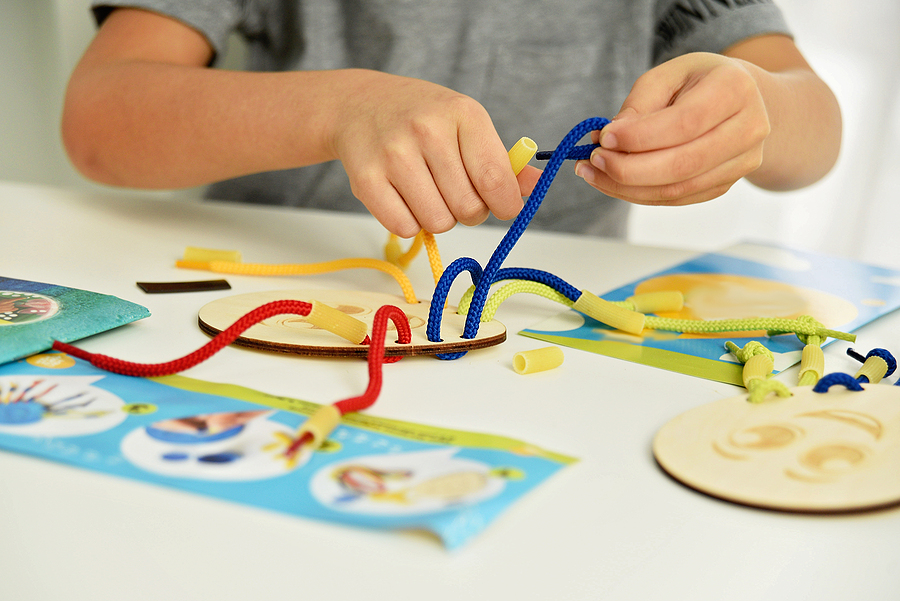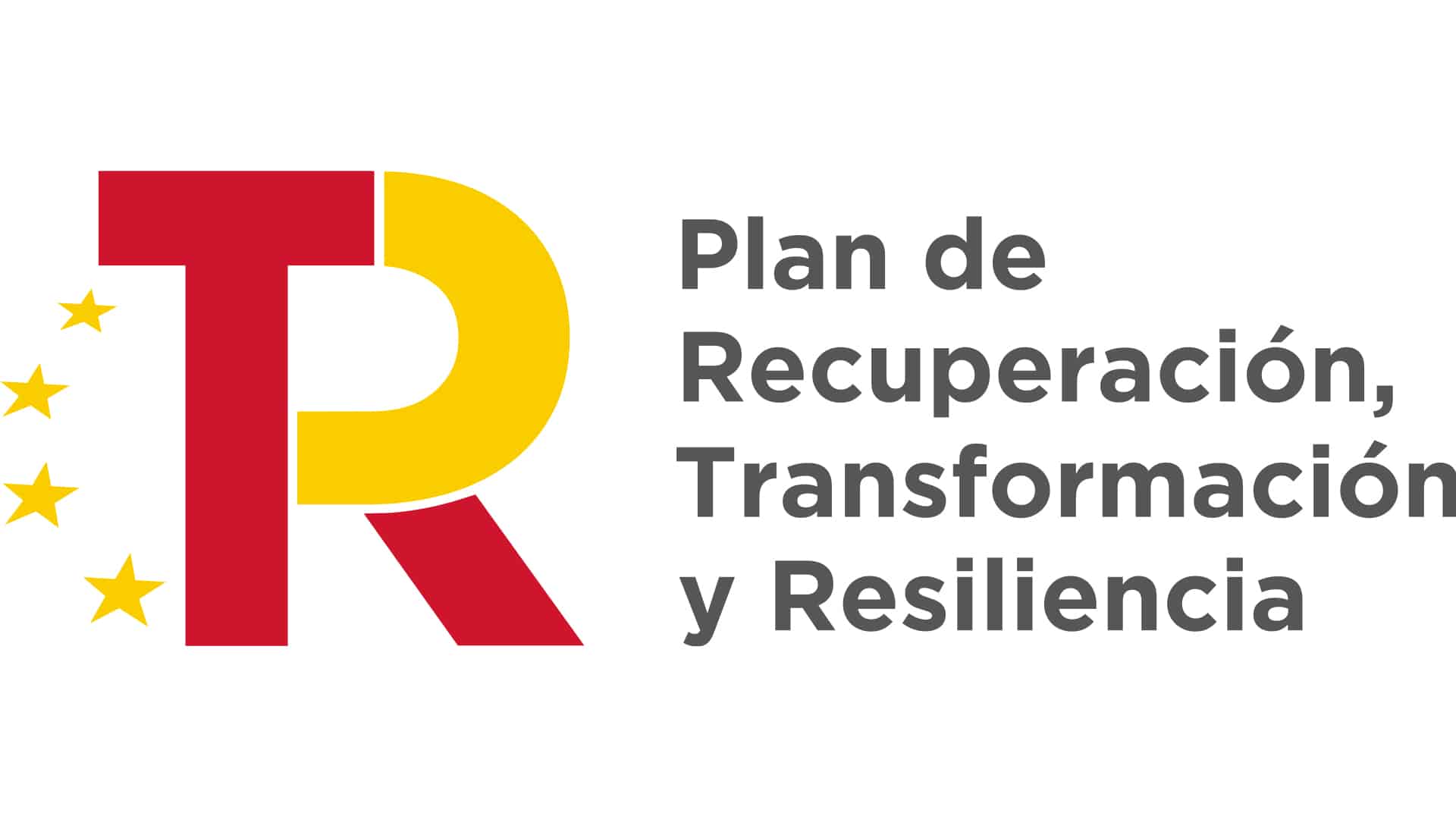Environmental education aims to raise awareness among children about issues related to the health of our planet. The goal is to engage them to care for the environment by respecting, preserving, and actively protecting it. Environmental education goes beyond the classroom: it seeks to encourage children to adopt caring for nature as a way of life. In today’s blog post we talk about environmental education and some ways to implement it in the classroom.
Environmental education is not new; it is a concept that started gaining international attention at the end of the 1940s. However, it was not until 1972 that the term was first officially coined. A few years later, in 1975, UNESCO, in collaboration with UNEP (United Nations Environment Programme), organized the First International Conference on Environmental Education. Since then, environmental education in schools has been widely implemented in order to train future generations in respecting the environment and caring for the planet. In 2017, UNESCO declared the need to include environmental education in all schools as one of its main objectives. In addition, it included the following goals:
- Bring attention to environmental problems and raise awareness around them.
- Foster interest around taking part in improving the planet’s health.
- Develop children’s ability to learn about things they do not already know about the environment and encourage their curiosity.
- Broaden children’s knowledge of ecology and the environment, such as the climate, air, forests, etc.
How to teach environmental education in the classroom
Some ways to encourage respect for the environment in the classroom are:
- Connect with nature. It is essential that children develop a meaningful connection with nature from an early age. To do this (weather permitting), move your classroom outdoors for a day. Swap traditional desks for a park.
- Experiential learning. Children learn best through experience. Encouraging practical activities such as growing plants, creating school gardens, or cleaning up nearby green spaces will help them understand how to interact with the environment and how they can take care of it.
- Educational games. Games are an excellent way to teach environmental concepts in a fun and entertaining way. There are all sorts of them! You can use board games, puzzles or educational apps related to the environment to reinforce what you learn in class.
At Smile and Learn we have several games and videos that teach about the environment and the importance of taking care of it. There is everything from videos that talk about the consequences of climate change to games that teach how to recycle. Here you can see one of our videos about the seventh UN Sustainable Development Goal, affordable and clean energy.
If you have not yet tried our educational platform, you can do so for free by filling out this form.
